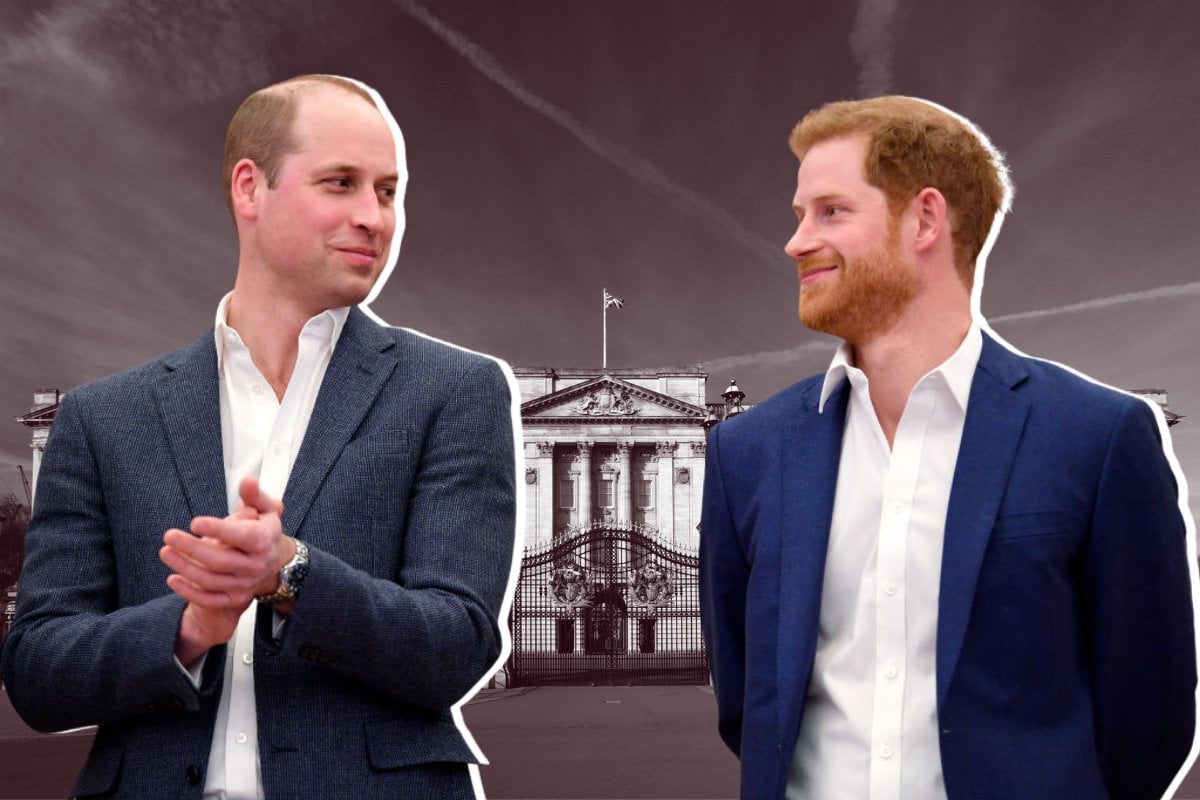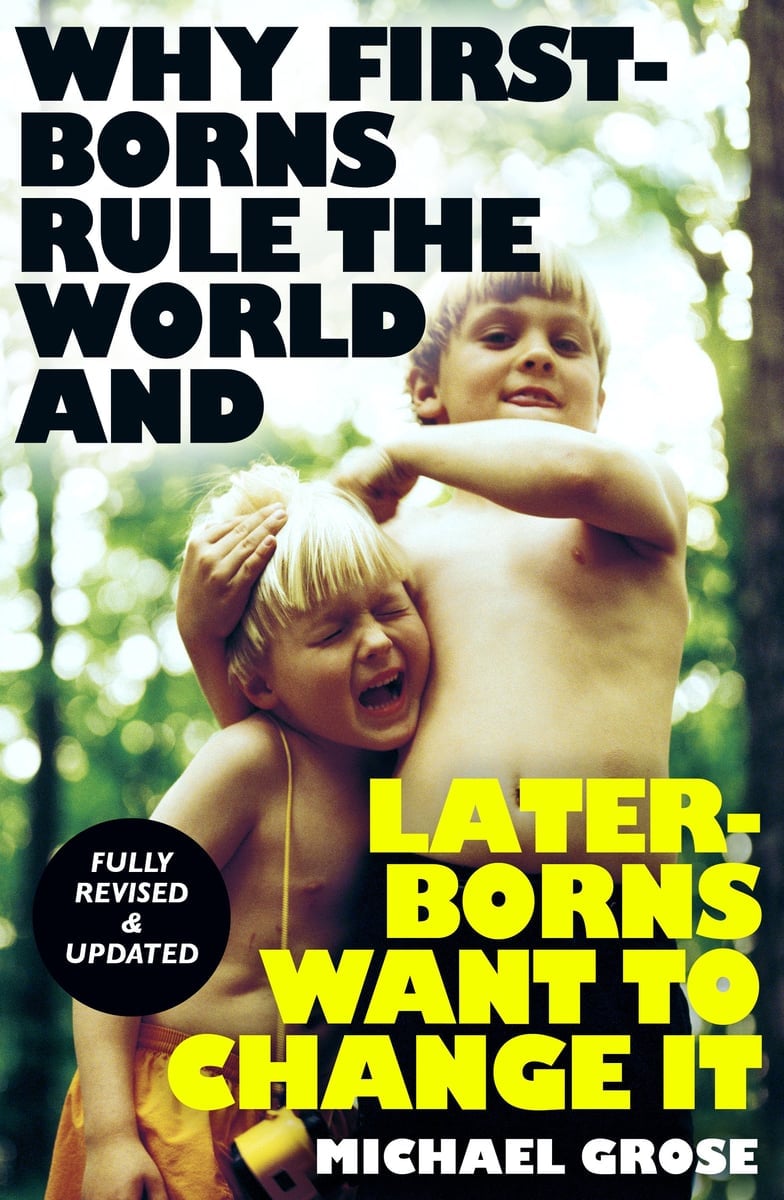
The following is an edited extract from Why First Borns Rule the World by Michael Grose.You can purchase it from Booktopia.
If following a superstar in a family is one of the most difficult birth-order positions of all, spare a thought for a child known as Harry, born just over two years after his eldest sibling William.
His family carries the Mountbatten-Windsor surname, but he and his brother are better known as Prince William, Duke of Cambridge and Prince Harry, Duke of Sussex, members of the British Royal Family.
The former, Prince William, is second in the line of succession to the British throne, and will inherit various titles and a duchy from his father.
Meet MPlus. Extra, closer. Post continues below.
Prince Harry is currently sixth in line to the throne, with his nephews and niece filling the positions above him.
Harry may have shared the same gene pool as his sibling, experienced similar parenting and received the same education as his brother, but the similarities in family circumstances stop there.




Top Comments